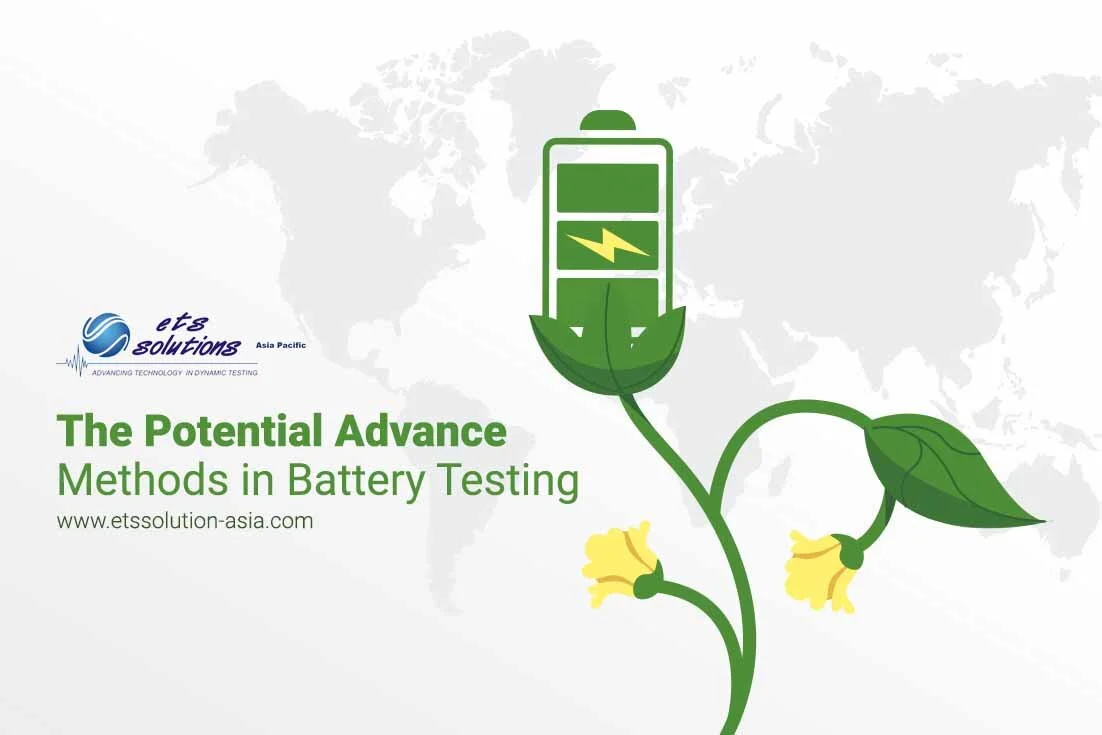MIL-STD-810 standard contains test methods and planning for engineering direction for considering the influences that environmental stresses have on material, products or equipment through every phase of their service life. Used by the U.S. military to test product limits and capabilities that the product will experience throughout its life, MIL-STD-810 testing is also used as a standard for rugged commercial products.
Maximising Battery Life Checklist
Battery Temperature Test Chamber
Different environmental conditions such as extreme heat, extreme cold, moisture or other variables can influence a device failure in various ways. In today’s world, we all expect fault-free products and uninterrupted operations and services and in order to guarantee 100% performance, manufacturers from various industries must conduct environmental simulation tests of their products.
Batteries in Electric Vehicles, How Long Do They Last?
While it is true that electric cars lose battery capacity over time. The continuing advances in technology in precise degradation are difficult to define as a whole. The main factor is all down to the owner and how they treat the battery. The way energy is added, the way it is removed. And how many charging cycles, the battery experiences look after your battery and your battery will look after you.
Electric Vehicles Battery Testing
The global population of Electric Vehicle have been significantly increased within the latest few years. All major automakers recognize that the shift from fossil-fueled cars to EV is inevitable, and are investing accordingly. BATTERY, as one of the most CRITICAL part of electric vehicle is also having significant development period in order to fulfill the requirement from Electric Vehicle manufacturer.
The Potential Advance Methods in Battery Testing
Well-developed battery testing should recognize all battery conditions and provide reliable results, At ETS Solutions Asia, we provide ETS Shaker Series with IPA Amplifier Technology is designed to meet the requirement of Battery Vibration and Shock Test Standards. The Vibration Controller software has been developed to ensure the testing accuracy.
Electric Vehicle’s Battery Testing Standard
Electric Vehicle Battery Testing
Electric vehicles are clearly becoming an expanding part of the automotive scene, assuring low or no emissions, conceivably low cost of fuel from the power grid, yet they will continue to drop us safely from a place to another. However, electric vehicle design and manufacturing is a clearly paradigm shift for the Automotive Industry: new technologies, new drive systems and test plans.
Electric vehicles are bringing new test and validation challenges to the automotive industry as the electronic and software content of the vehicles increase. The battery packs used as the rechargeable electrical storage system in electric vehicles (EVs), hybrid electric vehicles (HEVs), and plug-in hybrid electric vehicles (PHEVs) are big and complex. Controlled release of the battery’s energy gives useful electrical power in the form of current and voltage. Uncontrolled release of this energy can cause dangerous situations such as fire, release of toxic materials (i.e. smoke), explosions, or any combination thereof. Uncontrolled energy releases can be generated by severe physical abuse, such as crushing, puncturing or burning, which can be mitigated by mechanical safety systems and proper physical design. Nonetheless, they can also be caused by abnormally high discharge rate, shorted cells, excessive heat buildup, overcharging, or constant recharging, which can weaken the battery. One of the major validation and safety challenges to begin with in modern EVs, HEVs, and PHEVs concerns the effective testing of the battery pack itself and the Battery Management Systems (BMS) – the complex electronic system that manages the performance and safety of the battery pack and the high levels of electrical energy stored within.
Battery pack designs for electric vehicles are complex and vary widely by manufacturer and specific application but they all cover combinations of several simple mechanical and electrical component systems which perform the basic required functions of the pack.
Developing a test strategy for an assembly as complex, big and powerful as an electric vehicle battery pack can be a daunting task. Breaking the process down into manageable pieces is the key to find a solution, like in most complex problems. During the battery management systems development, engineers need a way to reliably test the system under real-world conditions to complete their verification and validation plans. Testing involves simulating physical inputs and external digital connections to the pack while monitoring its outputs and behavior relative to design requirements. It is not easy to accurately simulate all of the real-world conditions a battery management system will be subjected to. But in the end, simulating nearly every combination of cell voltages, temperatures, and currents you expect your batteries to encounter is really the only way to verify that your system reacts as you intended in order to keep your pack safe and reliable.
At the pack development stage, engineers are mostly concerned about testing the entire assembly through various types of environmental stress testing as part of design validation or product validation plans. Environmental stress could include exposure to temperature extremes, thermal shock cycling, vibration, humidity, on-off cycling, charge discharge cycling, or any combination of these. The testing requirements here typically include performing a full batch of performance tests on a pack both before and after application of the stress. Live monitoring of the pack throughout the environmental stress period may also be required.
We offer total solution equipment for battery testing:
Vibration Test Systems
High Shock Test Systems
Temperature/Humidity Test Chambers
Data Acquisition Systems
With a different range of equipment available for different variation of environment testing, ETS solutions has all systems that are designed to meet the requirements of endurance testing and offer superior performance as well as reliability. All our testing equipment complies with the required testing standards.













